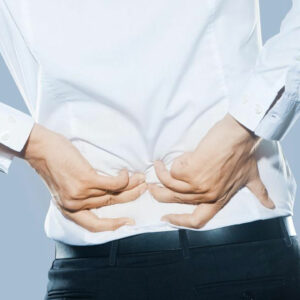
01
Effective Treatment Options for Bulging Disc
When one or more disc of cartilage present between the intermediate bones of the spine protrudes beyond a certain limit, it is referred to as bulging disc. This condition usually affects the lower back known as the lumbar region. They also happen to occur in the middle region of the spine called as thoracic and neck (cervical) region. The person, in this case, might have to undergo bulging disc treatment. Made up of cartilage, these discs provide flexibility and allow maximum shock absorption against the daily rigors that our body goes through – Walking, bending, lifting and even sitting puts stress on your spine. The stress increases if we overdo any of these physical activities. Although the symptoms of bulging discs are symptom-free initially, the seriousness of the symptom might increase, if the nerve roots in the spinal canal start experiencing the pressure exerted by the bulging disc. This results in pain and inflammation in the particular part of the body whose spinal nerve is getting affected due to the bulge. Bulging disc is a byproduct of an aging spine as it becomes drier and weaker with age. The symptoms of bulging disc depend on the location of the inflamed nerve. Some common symptoms include pain, numbness, weakness, spasms and tingling sensations that might manifest in the arms and legs. For light to moderate symptoms, a chiropractic adjustment might suffice, but if the condition is chronic, it is advisable to consult a doctor for bulging disc treatment. There are a variety of minimally invasive procedures and techniques that provide relief from neck and back pain and offer recovery in a shorter period of time as compared to conservative traditional open back surgery. Bulging disc treatment options Mild cases of bulging disc can be treated efficiently using nonsurgical methods. The aim of these treatments is to reduce the pressure on the damaged disc and block the nerve pathways in the spinal canal to send pain signals to the brain.
Read More 










